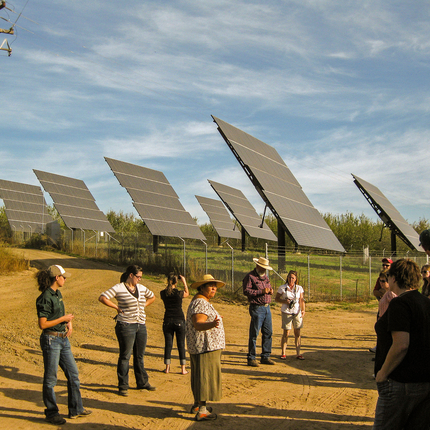Efforts to significantly reduce carbon pollution between now and 2050 are vital and feasible. Electrifying transportation and the heating of residential and commercial buildings will help reduce carbon pollution because the electric grid is getting cleaner each year. This creates a huge opportunity for rural economic development.
Most renewable energy is generated in wide open spaces outside of dense urban centers. New job opportunities come with every new megawatt of wind or solar built in rural areas. In the wind industry, new jobs mean solid middle class incomes, with an average salary of $46,077. Renewable energy also increases the tax base and provides direct payments to landowners.
Moreover, opportunities for clean energy sector growth are significant. U.S. consumers spent over $200 billion on gasoline in 2015. When you consider that, in the context of moving transportation toward electric fuel, this translates into a $200 billion rural economic development opportunity.
In order to reach this level of clean electricity production, we will need wind and solar at all scales. We need public policy to drive forward the boom in home-, farm- and business-scale solar. We also need models that better support community-scale renewable projects.
And, we must continue the transformation of utility-scale electricity production from fossil fuels to renewables. This will mean additional utility-scale wind farms and solar projects, and the transmission infrastructure to carry these renewables from rural areas to urban markets.




